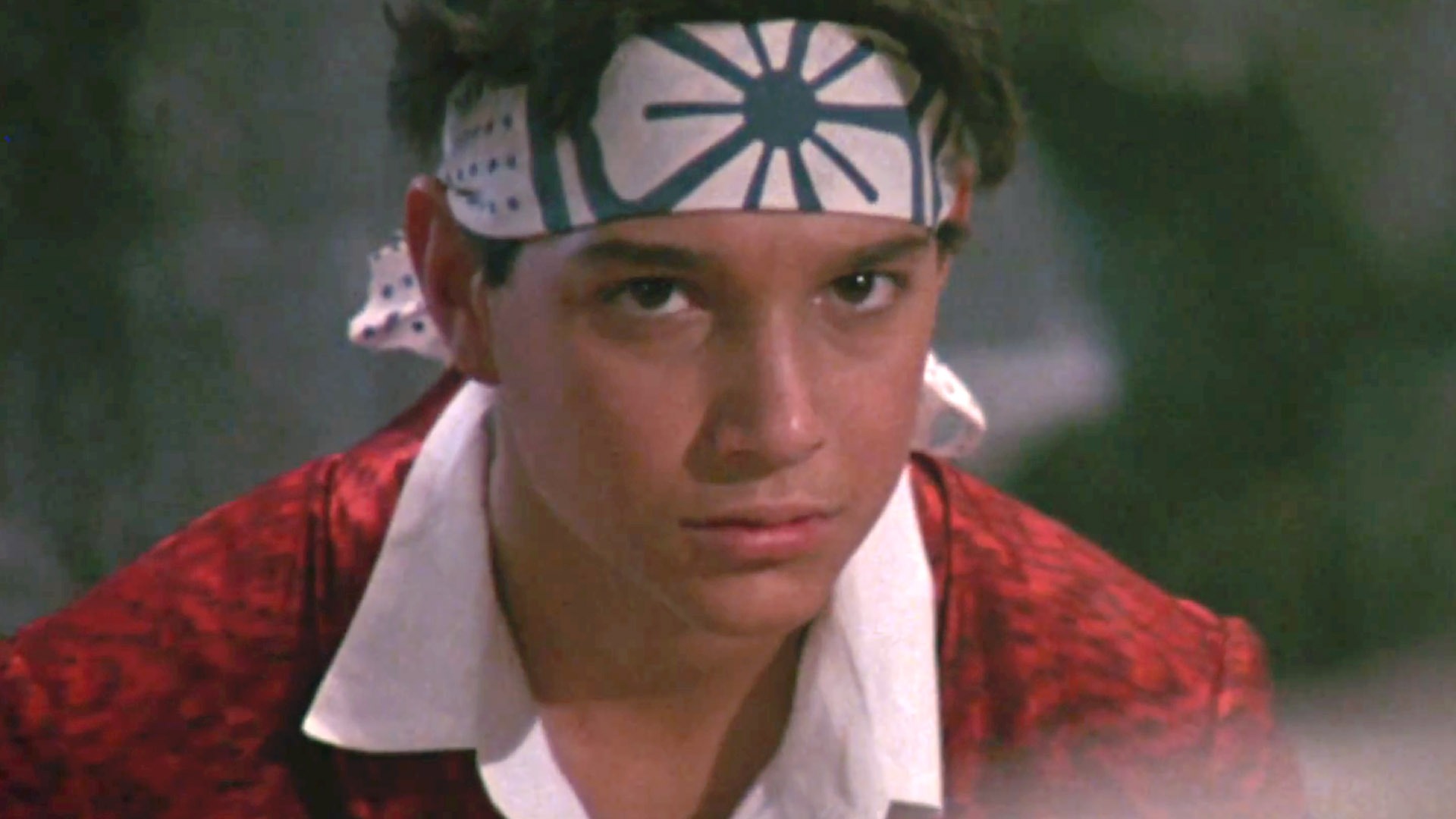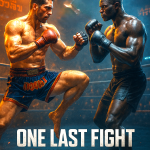The Karate Kid 2 (2026) – A Powerful Story of Legacy, Resilience, and the Fight That Never Ends
In the cinematic universe of martial arts legends, The Karate Kid 2 (2026) stands as both a continuation and a rebirth. The film opens with Daniel LaRusso (Ralph Macchio) — now more than just a mentor — returning to Okinawa with his protégé Miguel (Xolo Maridueña). What begins as a journey to reconnect with the past soon transforms into a spiritual pilgrimage, testing the essence of teacher and student alike.

The air in Okinawa carries memories of old rivalries and unhealed wounds. Daniel’s reunion with Chozen Toguchi (Yuji Okumoto) isn’t a clash of fists, but a confrontation of souls. Chozen has evolved beyond anger; he embodies serenity through discipline. Their relationship, once marked by hostility, shifts toward mutual respect — two men scarred by youth, now guided by wisdom.
Miguel, meanwhile, faces his own reckoning. His journey is no longer about mastering karate — it’s about mastering himself. Torn between his training and the lingering pain of his fractured family, Miguel stands at the precipice of manhood. His search for identity mirrors Daniel’s struggle decades earlier, binding them through the universal language of redemption.

The film’s new villain, a shadowy sensei seeking to corrupt the spirit of karate for personal gain, becomes the spark that ignites the story’s moral fire. Through this threat, The Karate Kid 2 explores how discipline, once misused, becomes destruction — and how true strength is rooted not in victory, but in restraint.
Directorly subtlety weaves the past and present into harmony. Every kata, every bow, every moment of silence speaks of respect — not just for combat, but for life. The choreography is sharp yet soulful, balancing intensity with emotional gravity. Each fight tells a story, not of dominance, but of connection.
Daniel’s evolution is perhaps the most poignant. Once the brash underdog, he now embodies Mr. Miyagi’s quiet philosophy. His lessons are delivered not through words, but through example — the patience of a teacher who finally understands the lessons he was once too young to grasp.

Miguel’s transformation is equally stirring. From student to warrior, from boy to man, his arc reflects the eternal truth of martial arts: the greatest battles are fought within. In his struggle to reconcile love, loss, and legacy, he learns that peace is not found in the dojo, but in forgiveness.
Okinawa itself becomes a character — a landscape of tradition, whispering winds, and spiritual echoes. The cinematography drenches every frame in meaning, from temple courtyards bathed in golden light to rain-soaked training sequences that recall the purity of Miyagi’s old lessons.
When Daniel and Chozen unite to confront the final challenge, it’s not just a battle — it’s a passing of torches, a merging of philosophies. Their victory is not measured in defeat, but in balance. It’s the return of honor to a world forgetting its roots.
As the film closes, Miguel bows before Daniel — not in submission, but in gratitude. Their journey has come full circle, a reflection of the eternal cycle between master and student. The torch burns on, illuminating the path for future generations of dreamers and fighters.
The Karate Kid 2 (2026) is more than a sequel — it’s a meditation on legacy, humility, and the invisible thread that ties every warrior to his teacher. In its quiet moments and thunderous climaxes alike, it reminds us: true mastery begins when ego ends
Related movies:
https://www.youtube.com/watch?v=2ET-epppSlQszxwsxz











